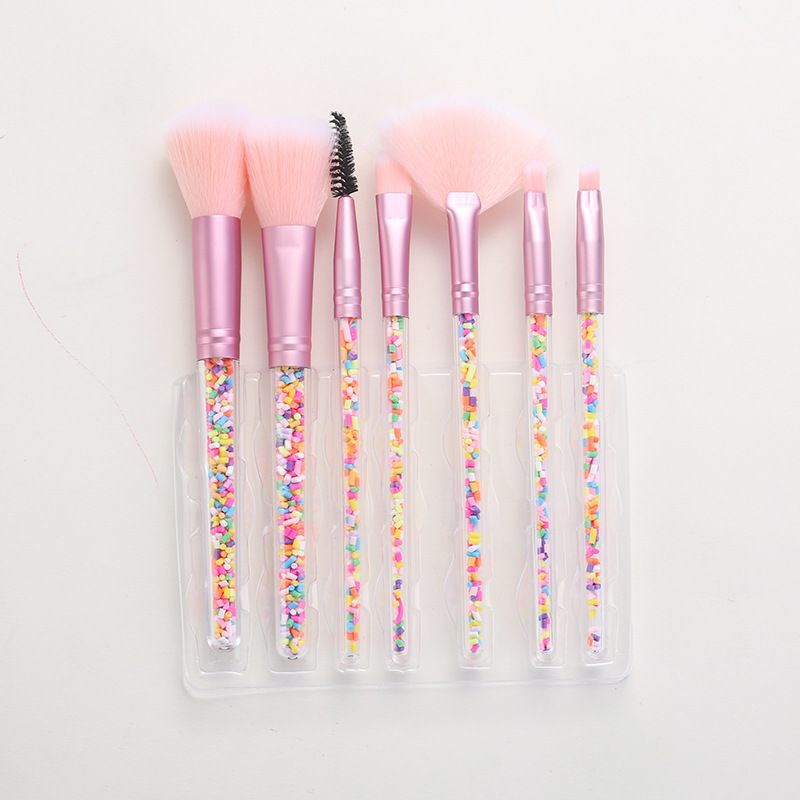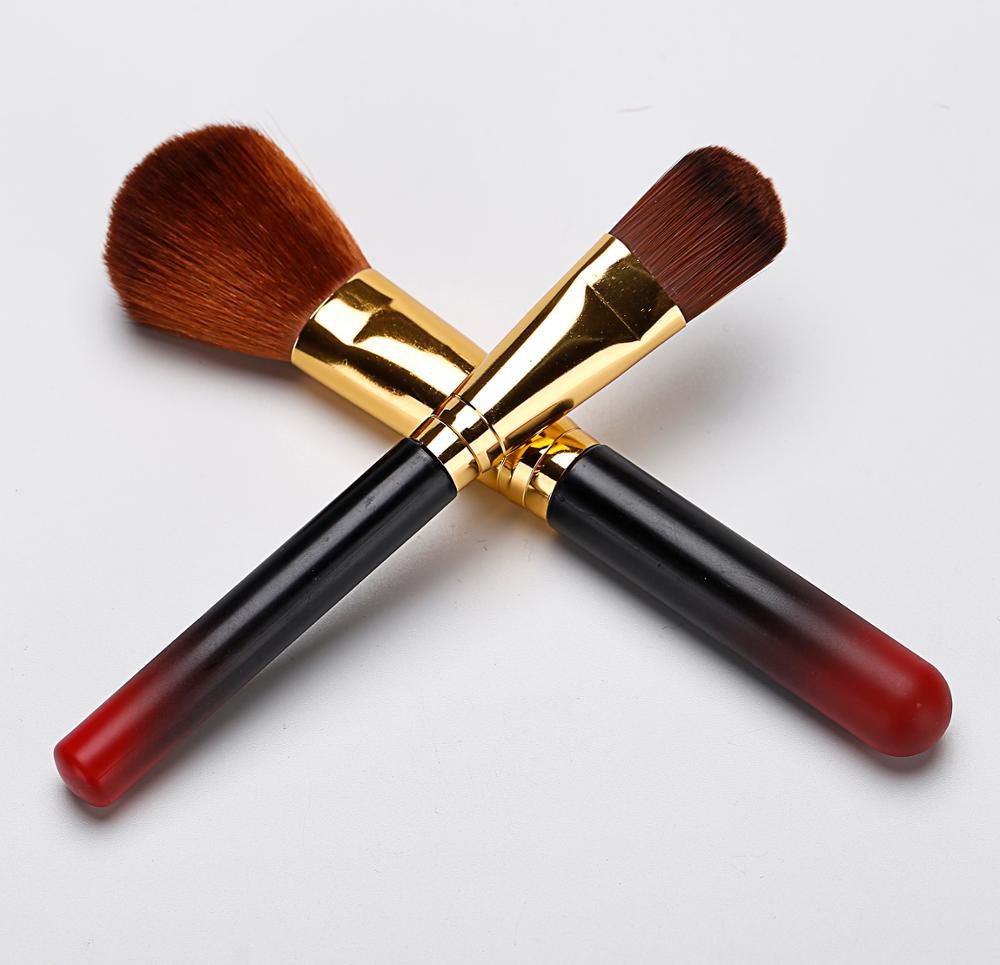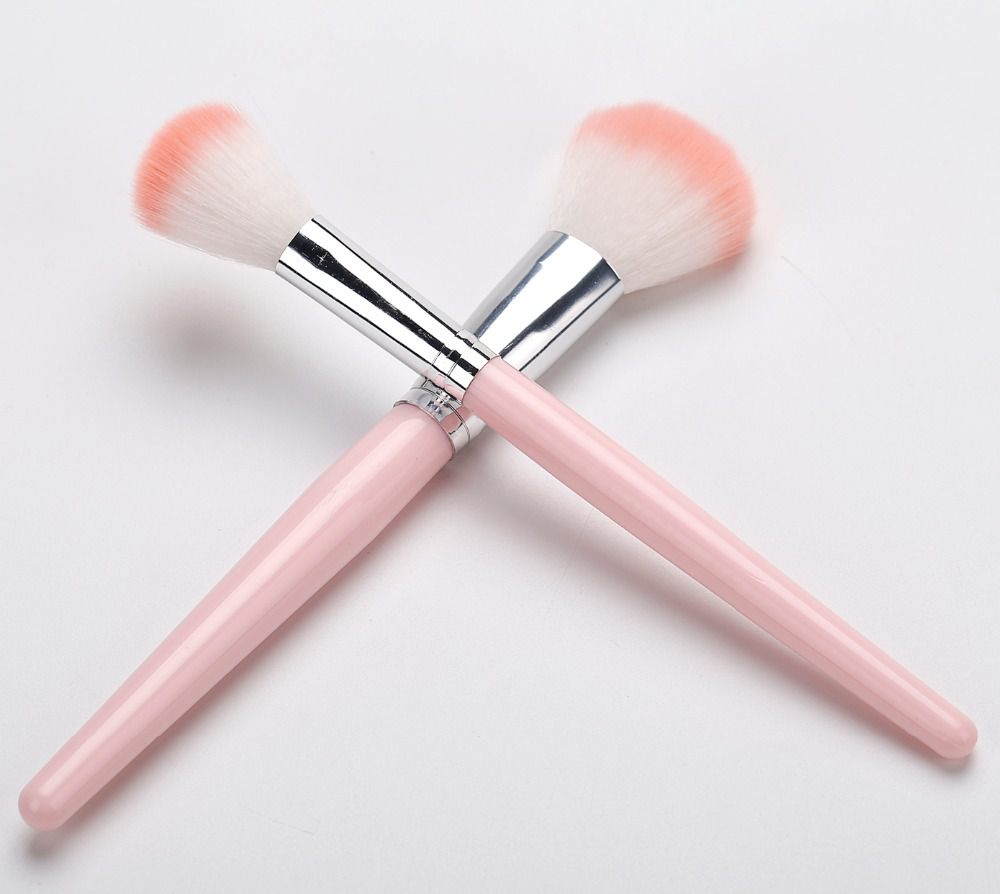Industry news
Global Brush Sanitization Market Grows: Antimicrobial Bristle Coatings Gain Popularity
- 358 Views
- 2025-09-05 01:32:03
Global Brush Sanitization Market Expands: Antimicrobial Bristle Coatings Lead Hygiene Innovation
The global brush sanitization market is experiencing significant growth, driven by rising consumer awareness of hygiene, stricter industry regulations, and innovations in antimicrobial technology. Among these advancements, antimicrobial bristle coatings have emerged as a key solution, transforming how beauty, medical, and industrial sectors approach brush cleanliness.

Post-pandemic, hygiene has become a non-negotiable factor for consumers, particularly in beauty tools like makeup brushes. Traditional sanitization methods—such as alcohol wipes or UV cleaners—often fall short: they require frequent reapplication, risk damaging bristles, or leave chemical residues that irritate skin. Antimicrobial bristle coatings address these gaps by integrating active agents (e.g., silver ions, zinc pyrithione, or bio-based compounds) directly into brush fibers during manufacturing. These agents create a protective layer that inhibits the growth of bacteria, fungi, and mold on bristle surfaces for months, even with regular use.
Market data supports this trend. According to a 2024 report by Market Research Future, the global brush sanitization market is projected to grow at a CAGR of 7.2% from 2023 to 2028, with antimicrobial coatings accounting for over 40% of this growth. Beauty brands are leading adoption: L’Oréal’s recent launch of "PureBristle" makeup brushes, featuring silver-ion coatings, saw a 35% sales surge in its first quarter, driven by consumer demand for "low-maintenance hygiene."
Beyond beauty, medical and industrial sectors are also embracing the technology. Dental brushes with antimicrobial coatings reduce cross-contamination risks in clinics, while industrial paintbrushes with zinc-based coatings prevent mold growth during storage, extending product lifespan by up to 50%.

Key drivers include regulatory pressure and consumer education. The EU’s Cosmetics Regulation (EC 1223/2009) now mandates stricter microbial limits for beauty tools, pushing brands to invest in proactive solutions. Meanwhile, social media campaigns highlighting "brush bacteria buildup" (e.g., studies showing unwashed makeup brushes harbor 10M+ bacteria per square inch) have educated consumers to prioritize antimicrobial features, even at a 15-20% price premium.

Technical advancements are further fueling adoption. Innovators like BrushTech Labs have developed "nano-encapsulated" coatings that bond irreversibly to synthetic and natural bristles (nylon, taklon, goat hair), ensuring durability without compromising softness. Unlike surface sprays, these coatings resist wear from washing, maintaining efficacy for 6–12 months of regular use.
Looking ahead, sustainability will shape the market. Brands are now研发 bio-based antimicrobial agents (e.g., chitosan from crustacean shells) to align with eco-conscious consumer preferences. Additionally, "smart coatings"—which change color when antimicrobial efficacy diminishes—are in development, offering transparency to users.
As the global brush sanitization market matures, antimicrobial bristle coatings stand out as more than a trend: they are a hygiene imperative. By merging convenience, safety, and durability, they are redefining industry standards and setting new benchmarks for consumer trust.











